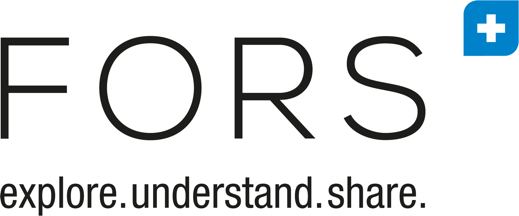Entropy measures of social mobility: The example of the intergenerational transmission of education.
Entropy measures of social mobility: The example of the intergenerational transmission of education.
2021-3
Mueller, G. P. (2021). Entropy measures of social mobility: The example of the intergenerational transmission of education. FORS Working Paper Series, paper 2021-3. Lausanne: FORS. DOI: 10.24440/FWP-2021-00003
intergenerational mobility, inequality, entropy, synentropy (mutual information), education, in-ternational comparisons
Research about intergenerational mobility is traditionally interested in the relation between the class of origin, i.e. the status of the parents, and the class of destination, i.e. the status of their children. In the present article, this research interest is tackled with concepts from information theory like entropy, mutual information, etc. They allow to measure the information gain from knowledge of the status of the parents with regard to the status of their children. Moreover, the proposed methodology allows to address also the reverse question: how much information is in the current status of the children with regard to their social origin? Traditional indicators like chi-squares or phi-coefficients of the related mobility tables cannot distinguish between the two questions, which obviously refer to rather different social phenomena: in the first case the focus is on status inheritance from parents to children, whereas in the second case the research problem is the social exclusion of newcomers from other social strata.
In the second part of this article, the proposed methodology is used for an analysis of the intergenerational transmission of primary, secondary, and tertiary education in sixteen European countries. Based on interview data of the European Values Study it turns out that higher education has a high degree of intergenerational status inheritance but is non-exclusive with regard to newcomers from other strata. The situation of lower education is rather the reverse: it is exclusive with regard to newcomers but displays no intergenerational status conservation. The author argues that this is the result of the secular expansion of medium and higher education in Europe.
© the authors 2021. This work is licensed under a Creative Commons Attribution 4.0 International License (CC BY 4.0)

 Bâtiment Géopolis,
Bâtiment Géopolis, +41 (0)21 692 37 30
+41 (0)21 692 37 30

